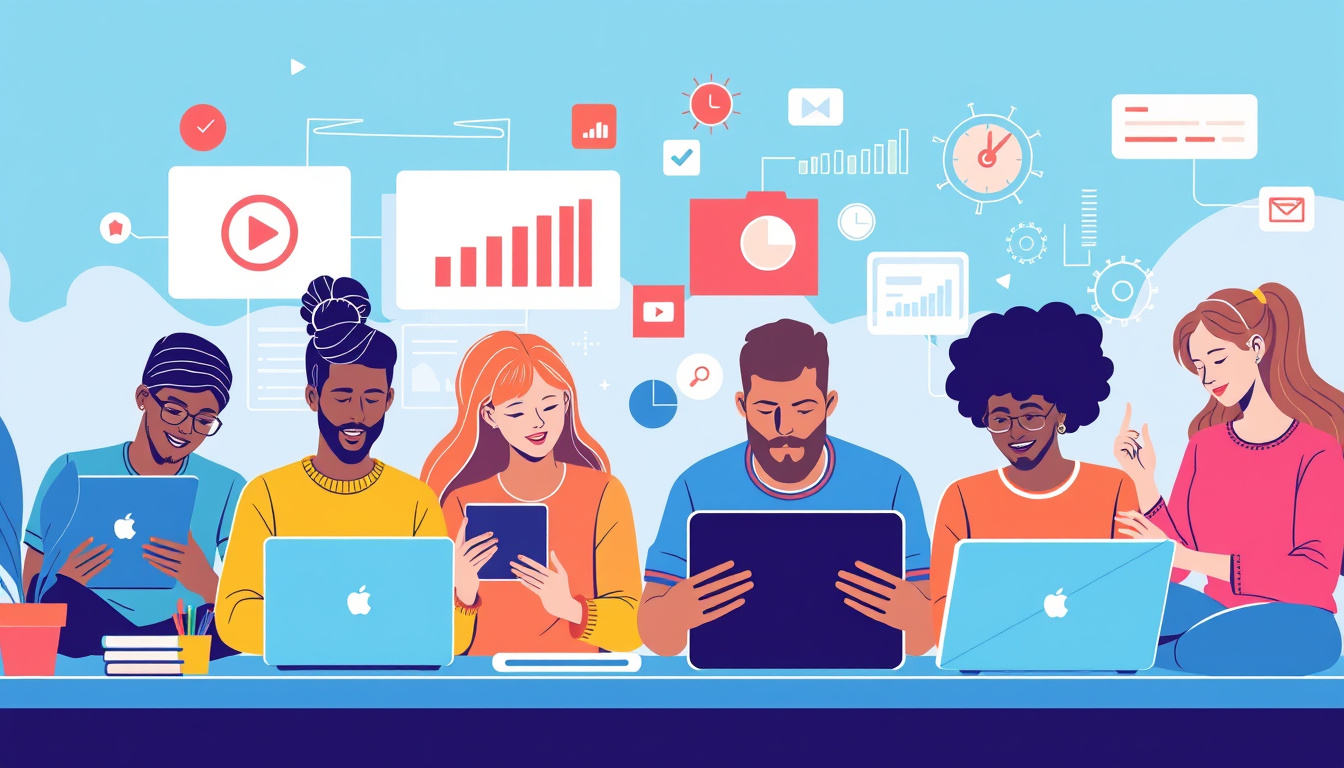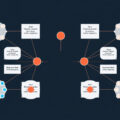User education has become an essential component of both libraries and modern businesses, playing a crucial role in fostering skills necessary for navigating the vast landscapes of information and technology. As society continues to digitize, understanding user education’s goals, frameworks, and methods is increasingly vital in empowering individuals to utilize available resources effectively.
What is User Education?
User education encompasses a variety of instructional initiatives aimed at equipping individuals with the skills and knowledge needed to make the most of available resources—be it in libraries, software applications, or organizational contexts. It combines pedagogical methodologies tailored to specific user needs, ensuring that resources are not only accessed but also understood and applied effectively. For instance, in libraries, user education might involve workshops on research skills, digital literacy, or initiatives that promote critical thinking. In a corporate setting, it could focus on onboarding processes that familiarize new employees with software tools or organizational processes.
The Purpose of User Education
User education serves multiple purposes, each designed to enhance user experience and resource utilization:
-
Increasing Engagement and Adoption: A well-structured user education program can significantly boost engagement levels. When users understand how to use a product or resource, they are more likely to engage with it regularly and advocate for its use among peers.
-
Reducing Time-to-Value (TTV): For users—be they customers, employees, or partners—gaining quick value from a product is crucial. Effective onboarding programs that teach users how to access and utilize tools from the outset can drastically reduce the TTV.
-
Enhancing Information Literacy: User education focuses on enhancing users’ ability to find, evaluate, and use information effectively. This is especially important in a world replete with misinformation; higher information literacy results in better decision-making and informed discussions.
-
Supporting Lifelong Learning: User education facilitates a culture of continuous learning. By empowering individuals to seek out and utilize information independently, organizations cultivate lifelong learners who can adapt to changing information landscapes.
-
Minimizing Support Needs: A robust user education program can lead to a reduction in the volume of support queries, as educated users are more capable of troubleshooting problems independently.
Core Components of User Education
1. Information Literacy Training
At the heart of user education is the commitment to improve information literacy. Programs designed to enhance these skills teach users how to assess the credibility of sources, synthesize information, and apply it in relevant contexts. In libraries, this might involve direct instruction on catalog usability, whereas in a corporate setting, it might include training on navigating business intelligence tools.
2. Digital Literacy Workshops
Digital literacy has become equally essential, addressing a range of competencies from basic computer skills to understanding cybersecurity. Workshops that teach users how to safely navigate the digital landscape or effectively utilize online resources are crucial in today’s technology-driven environments.

3. Practical Application Scenarios
Using real-life scenarios or role-playing to simulate common user tasks can significantly enhance learning outcomes. These approaches enable users to practice skills in a safe environment, preparing them for real-world applications.
4. Adaptability and Customization
User education must cater to diverse needs. By offering resources in various formats—like online courses, printed guides, or personalized consultations—libraries and organizations can ensure that all users, regardless of their learning style or technological prowess, have access to effective training.
5. Continuous Feedback and Improvement
Effective user education programs incorporate mechanisms for ongoing evaluation and feedback. By regularly assessing the needs and experiences of users, organizations can refine their educational offerings and ensure they remain relevant and effective.
Conclusion
User education plays a fundamental role in empowering individuals to navigate the complexities of modern information environments—whether in libraries, workplaces, or academic settings. By enhancing information literacy, promoting digital skills, and fostering a culture of independent learning, user education not only enriches the user experience but also elevates the entire community’s ability to adapt and thrive in an increasingly digital world. As such, it remains a vital investment for any organization seeking to empower its users effectively.



